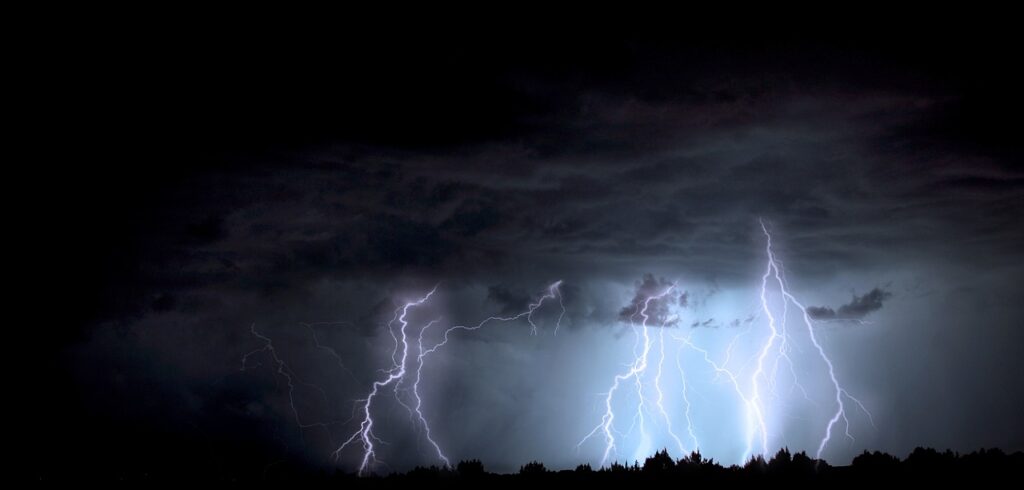You Should Worry About The Weather More Than Ever If You Live In This US Region
This article is more than 2 years old

Weather patterns have felt a little out of whack the last few years. News of flash flood alerts rapidly replaces that of fires. That drastic swing is weather whiplash, which many attribute to climate change.
Wild weather hit the western United States particularly hard in 2022. An author for CNET, Eric Mack, calls New Mexico home and published a recent article about the drastic swings. He started an exploration of how climate change may impact the weather close to home.
Mack noted that the summer kicked off with the largest wildfire in the U.S. this year. He said, “It burned through 340,000 acres of the Sangre de Cristo mountains and destroyed or damaged over a thousand homes and other structures.” But that was not the only significant weather event to strike the area.
In June, the standard monsoon season kicked off. Everyone living in the southwest count on this time of year. It brings abundant rainfall and rapidly restores depleted watersheds.
Only this year’s monsoon news was different in New Mexico. The relatively short monsoon season didn’t seem like it wanted to end this year. And, yes, it brought plenty of much-needed moisture.
However, it also dropped this moisture over the new burn area. And that is bad news. Soil damaged in a fire has trouble absorbing moisture the same way it does when it is healthy.
So the unexpected length of wet weather resulted in flash flooding. “A flash flood tore through the Tecolote Canyon subdivision outside the city of Las Vegas, New Mexico, sweeping tons of mud, rocks, burned trees, and even vehicles down the creek drainage. Tragically, three people were caught in the flood and died.”
The acting deputy director at the Woodwell Climate Research Center in Massachusetts, Jennifer Francis, spoke with Mack about his experience. In her professional estimation, “The huge shift in weather you experienced in New Mexico this summer is a perfect example” of weather whiplash.
While it sounds like a semi-made-up word, it is not. The root cause is a stalled-out weather pattern. When that stuck system finally moves, the weather can change abruptly.
Many researchers have directly attributed this devastating pattern to climate change. Not long before the fire in New Mexico sparked, a newly published research paper highlighted the potential problem. It is entitled “Climate change increases risk of extreme rainfall following wildfire in the western United States.”
But that conclusion is not universal among climate scientists. One of those scientists is Daniel Swain from UCLA and National Center for Atmospheric Research. He is also one of the study’s authors.
Swain believes climate change could be the culprit behind the wild weather swings. But he cautioned “that it’s too soon to know how much of the weather whiplash experienced in northern New Mexico this year can truly be blamed on climate change versus just basic bad luck and the natural variation and randomness that we’d see in our weather patterns even without global warming.” He and other climate scientists will continue to study weather whiplash to understand why it is occurring.





